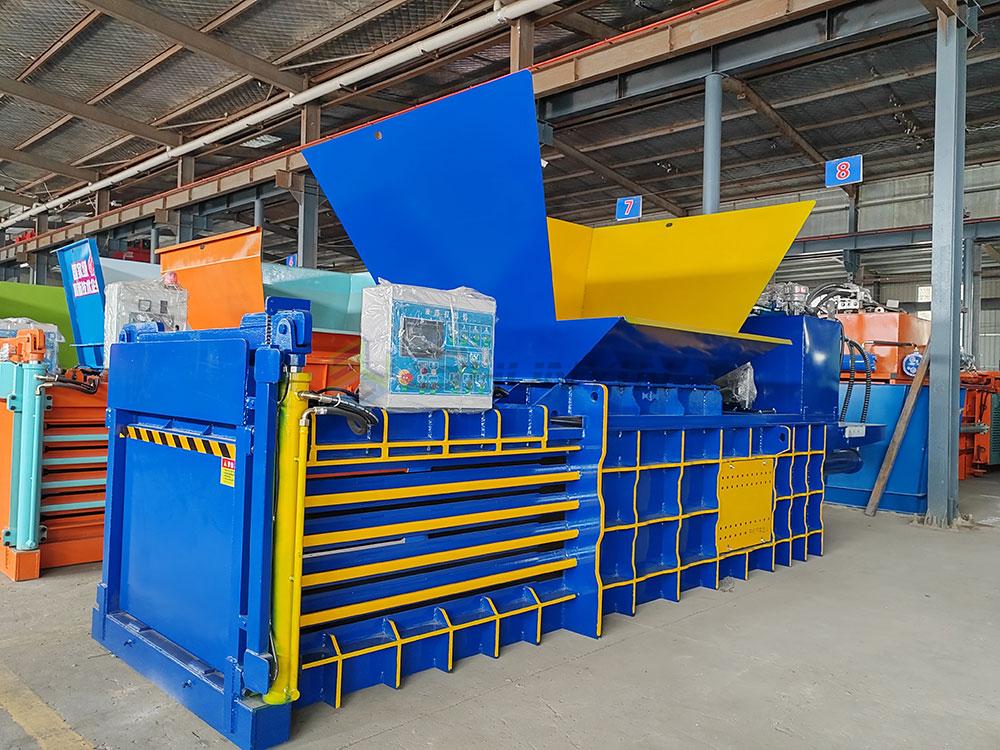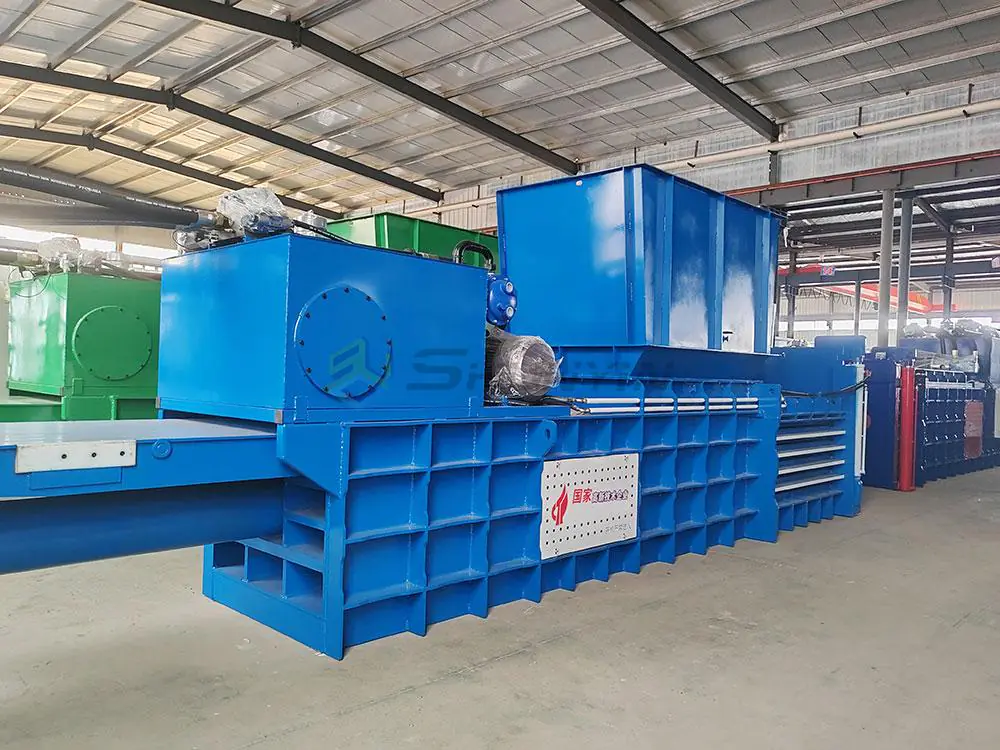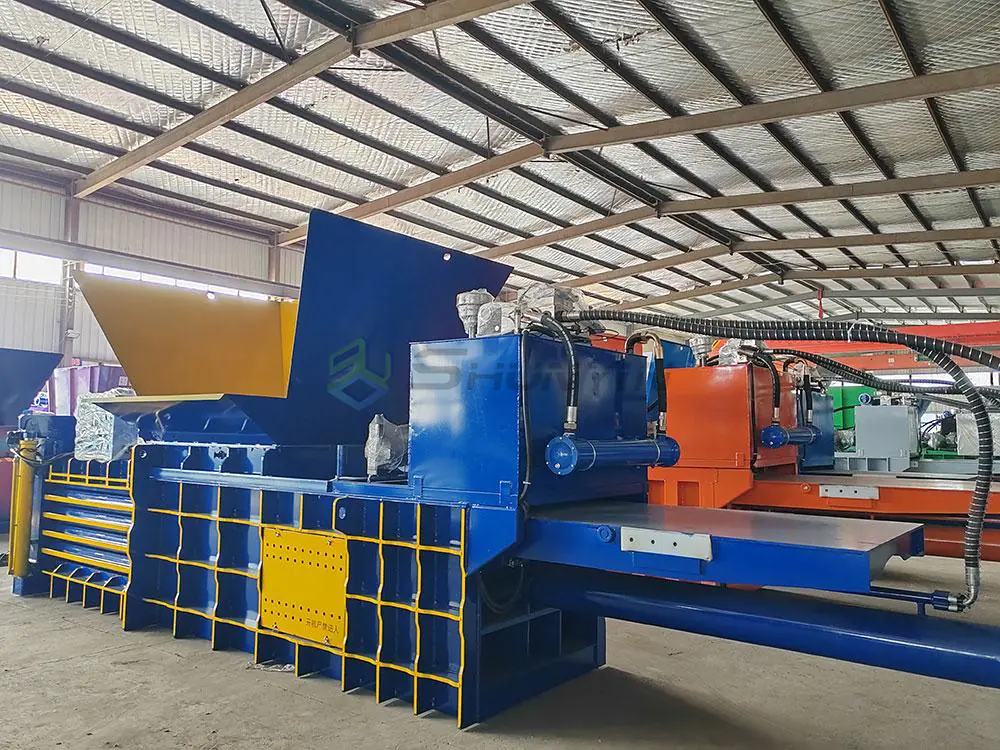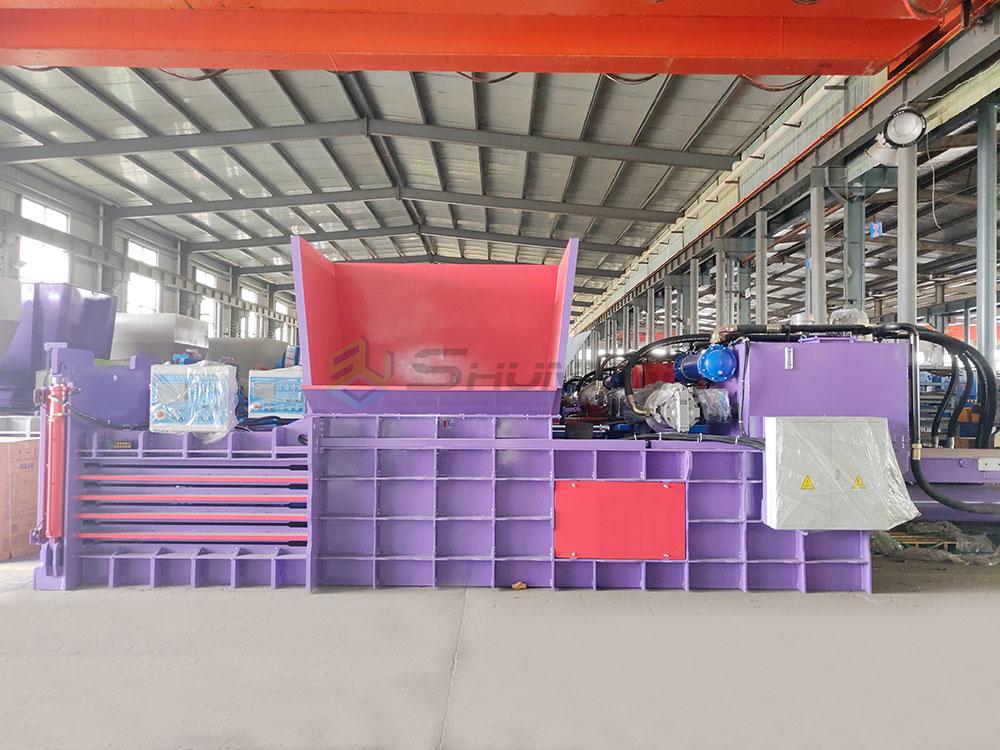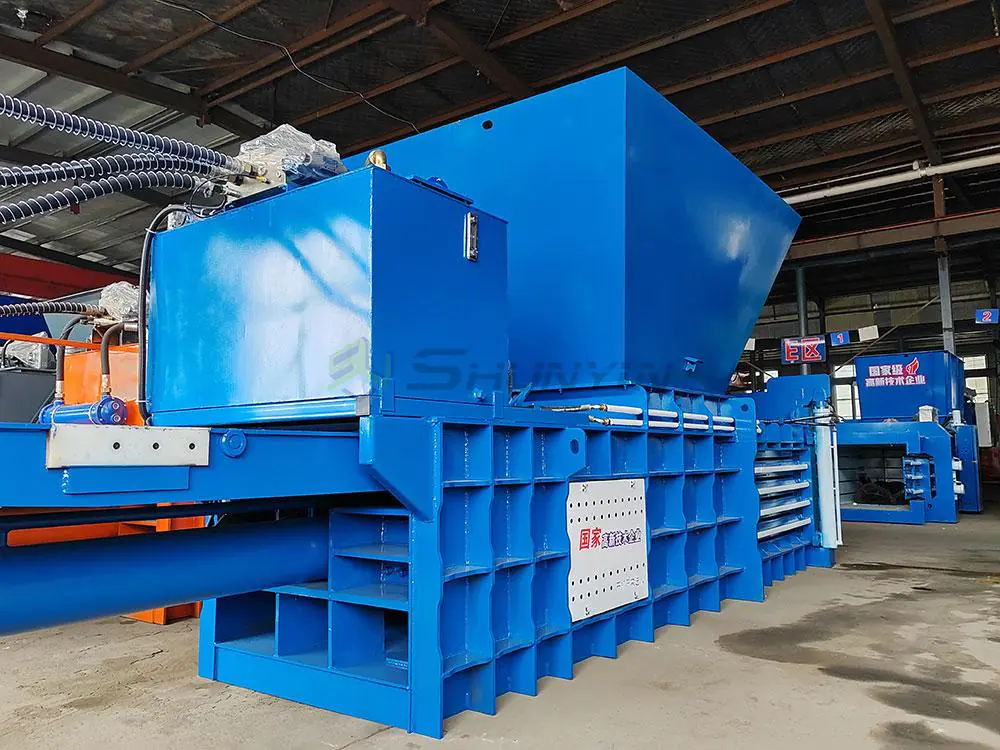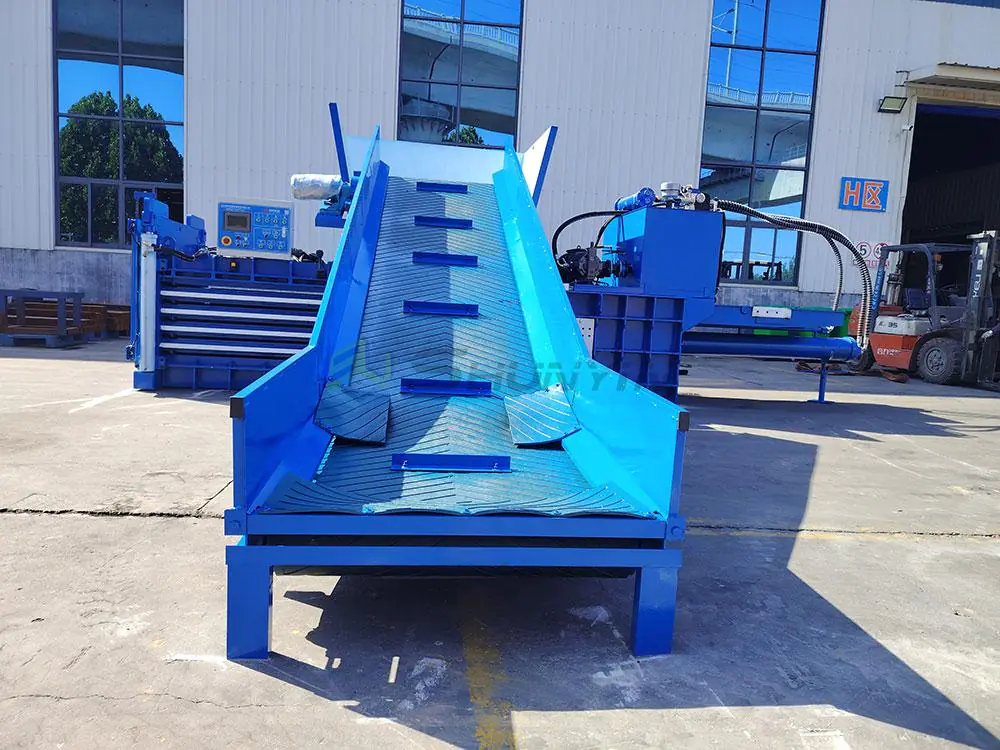Overwhelming waste volumes plague modern facilities constantly. Sorting chaos disrupts recycling profits daily. Automatic balers1 transform disorder into profit efficiently.
Automatic balers compress and bundle recyclables through programmed operations, eliminating manual labor while boosting throughput by 300-500% to deliver bales ready for commodity markets instantly.

Understanding these systems reveals hidden profit potential. Discover four operational insights that streamline waste management.
What is the function of the baler machine?
Mixed material streams create processing bottlenecks hourly. Volume inefficiencies destroy profit margins. Balers resolve these challenges systematically.
Balers use hydraulic force to condense loose materials into dense rectangular/cubical bundles, reducing volume by 500-900% while creating stackable bales that optimize storage, transport, and resale value.

Operational mechanics breakdown
Core functional stages:
- Feeding phase
- Conveyors transport materials
- Sensors detect optimum load weight
- Compression cycle
- Hydraulic cylinders generate 50-300 ton force
- Repeated strokes increase density
- Binding & ejection
- Automatic wire/strapping systems secure bales
- Push plates discharge finished units
| Manual Processing | Balered Output | |
|---|---|---|
| Volume Reduction | 1:1 | 9:1 |
| Labor Hours/ton | 4 | 0.5 |
| Storage Efficiency | 40% space used | 85% space saved |
Paper streams often contain contaminants. Our optical sorters2 detect non-recyclables automatically. Need custom bale dimensions? Get free CAD layouts: https://lemonchiffon-shark-638535.hostingersite.com/contact/
What is an automatic waste sorting machine?
Mixed streams degrade material value continuously. Manual sorting risks injury frequently. Automation transforms purity control.
Optical sorters use AI-powered sensors to identify material types by spectral signature, then eject items via targeted air jets onto separate streams – achieving 98% purity at 15 tons/hour throughput.

Synergy with balers
Integrated system benefits:
- Pre-sorting for quality control
- Near-infrared scanner detects polymers
- XRF identifies metal alloys
- Post-sorting for bale enhancement
- Bale integrity monitoring systems
- Density verification sensors
| Separation Technology | Target Materials | Accuracy Rate |
|---|---|---|
| NIR Spectroscopy | Plastics (PET, HDPE) | 97% |
| Electromagnetic | Ferrous Metals | 99% |
| Color Recognition | Glass/Paper | 93% |
Thin films clog traditional systems. Our vortex separators prevent downtime. Processing e-waste? Specialized modules recover rare metals. View sorting configurations: https://lemonchiffon-shark-638535.hostingersite.com/contact/
What does a recycling baler do?
Untreated recyclables occupy excessive storage space daily. Contaminated loads lose market value. Balers convert liability into assets.
Recycling balers compact segregated materials into standardized bales using configurable pressure profiles, enabling direct commodity sales while reducing hauling costs by 70-90% through massive volumetric reduction.
%(alt="recyclables before/after baling comparison")[https://placehold.co/600×400 "Value Conversion"]
Commoditization process
Bale to market journey:
- Material authentication
- Barcode tracking systems
- Blockchain quality certification
- Market preparation
- Density optimization for premium pricing
- ISO-dimension compliance
- Transport staging
- Automatic palletizing arms
- Dock height adjustment
| Recyclable | Bale Weight | Market Value/ton |
|---|---|---|
| OCC Cardboard | 500kg | $105-$140 |
| PET Bottles | 350kg | $280-$375 |
| Aluminum Cans | 450kg | $950-$1250 |
Plastic shrinkage affects bale integrity. We program material-specific compression curves. Exporting internationally? Our documentation ensures customs clearance. Request certification samples: https://lemonchiffon-shark-638535.hostingersite.com/contact/
What is waste baling?
Loose material transport wastes fuel constantly. Unstable loads cause accidents. Baling locks in efficiency safely.
Waste baling is the industrial process of compressing heterogeneous materials under extreme pressure (50-300 tons) into geometrically stable, self-contained units secured with steel wires or synthetic straps for logistic optimization.
Process evolution timeline
Key historical innovations:
| Era | Technology | Impact |
|---|---|---|
| 1930s | Manual lever press | 10:1 compression |
| 1960s | Hydraulic verticals | 25:1 compression |
| 1990s | Auto-tie horizontals | 50:1 compression |
| 2020s | AI-optimized systems | 90:1 compression |
Performance validation
Third-party test results:
- Compression force uniformity: 98% consistency
- Bundle stability: <0.2% deformation during transit
- Durability: 80,000+ cycles before service
Temperature affects plastic baling quality. Our climate-compensated hydraulics maintain precision. Cold warehouse operation? Anti-freeze fluid prevents failures. Get arctic specifications: https://lemonchiffon-shark-638535.hostingersite.com/contact/
Conclusion
Automatic balers1 transform waste chaos into logistical advantage through intelligent compression, integrating with sorting technologies to maximize material recovery value in modern facilities.


